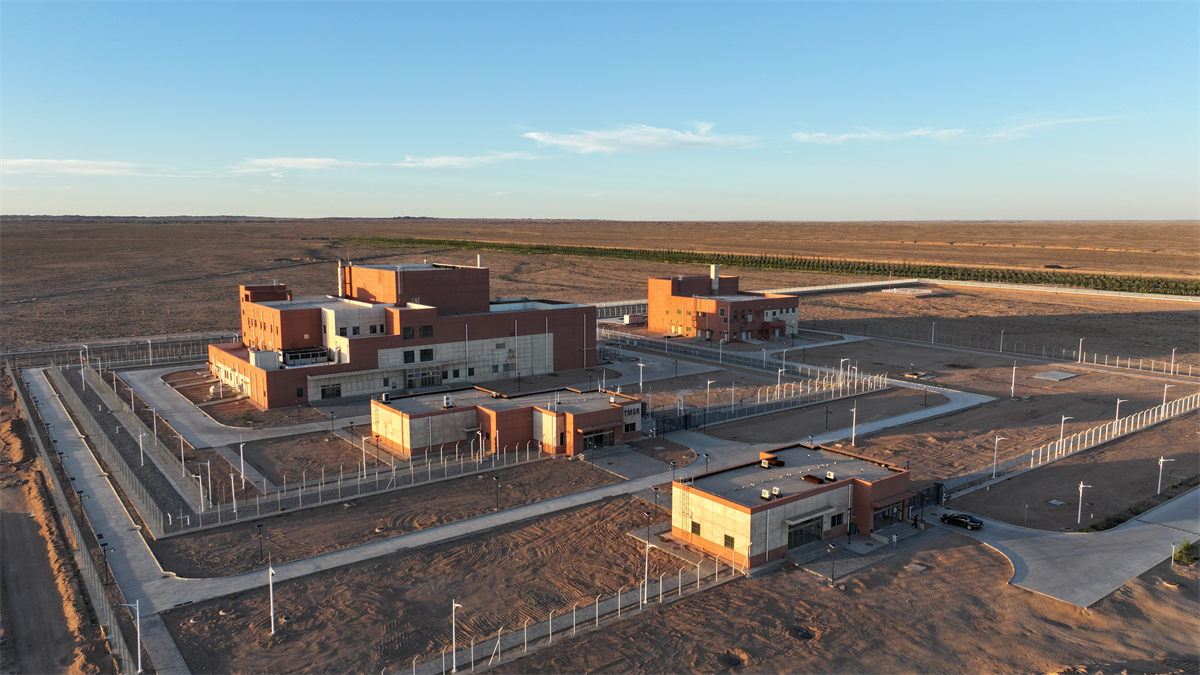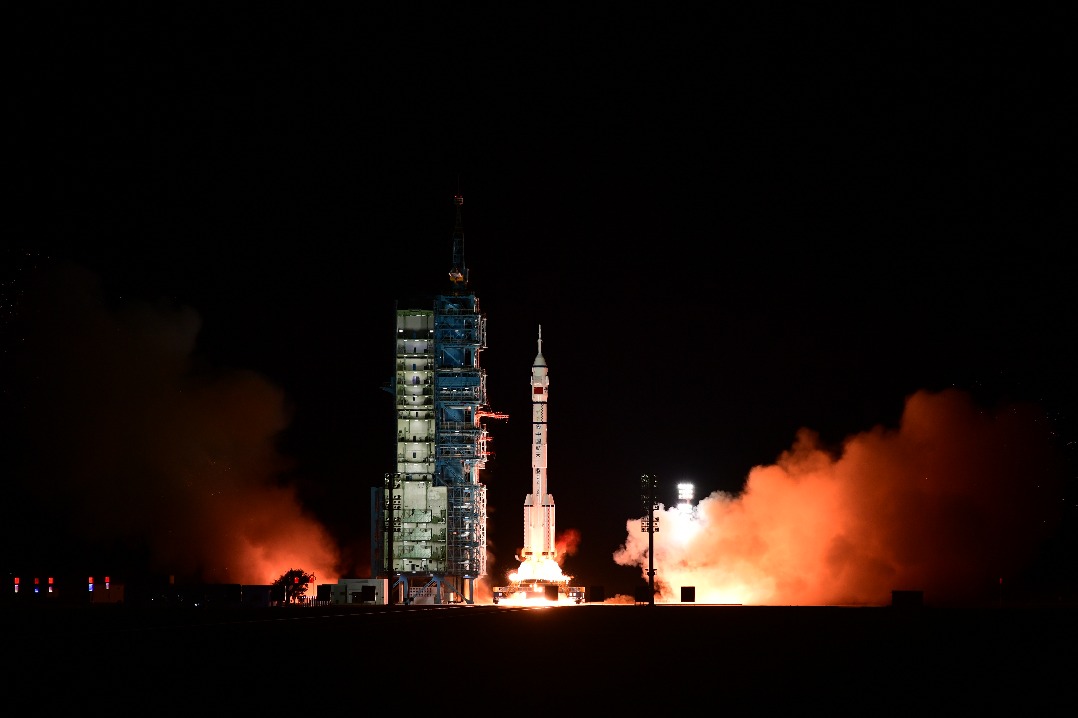China achieves 1st thorium-to-uranium fuel conversion in molten salt reactor






Cai highlighted that China has witnessed steady growth in newly installed nuclear power capacity. However, the country faces sustainability challenges due to its heavy reliance on imported uranium — the most widely used nuclear fuel. This underscores the critical importance of a stable nuclear fuel supply for sustainable development.
Dai Zhimin, director of the Shanghai Institute of Applied Physics, emphasized thorium fuel's advantages over uranium, "China's abundant thorium reserves and its negative temperature coefficient of reactivity, which effectively mitigates the risks of radioactive release. In addition, thorium-fueled reactors generate spent fuel with reduced volume and shorter radioactive half-lives, significantly simplifying waste disposal processes."
"As a fourth-generation nuclear power reactor type, molten salt reactors use high-temperature molten salt as a coolant. Endowed with inherent safety features, water-free cooling, low-pressure operation and high-temperature output, they are internationally recognized as the most suitable reactor type for thorium resource utilization," Dai said.




















